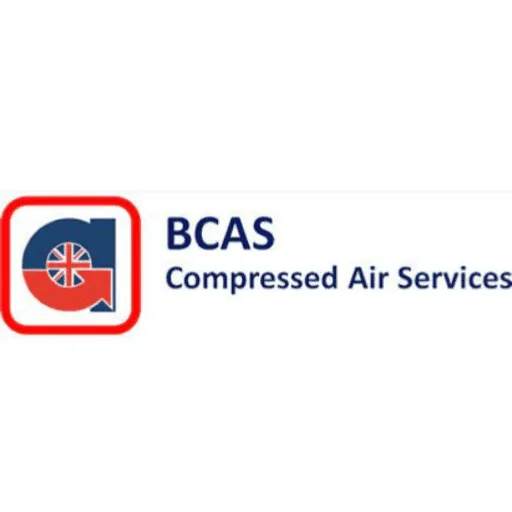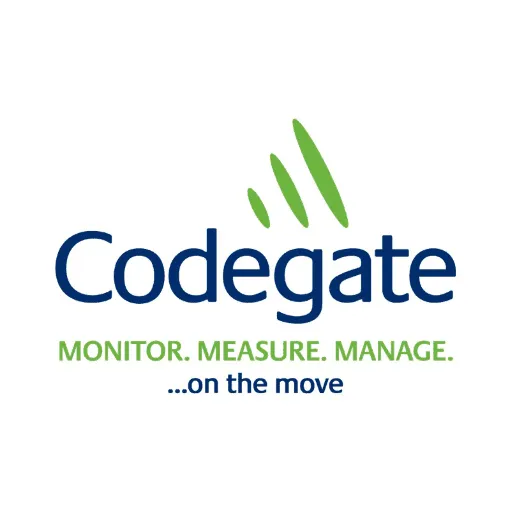The consultation period for redundancy is a crucial aspect of the redundancy process. As an employer, it is vital to understand your obligations in respect of consultation and adhere to them. If you don’t, the employees selected for redundancy may have cause to bring an unfair dismissal claim against you.
At Gap HR, we specialise in assisting small businesses navigate the redundancy process, including supporting them through the consultation period for redundancy. Clients note how we give ‘straightforward’ and ‘straight down the line’ advice and praise our ‘professionalism’ and ‘friendly, attentive and prompt’ manner.
Call us now on 01491 598 600 or email us on cw@gaphr.co.uk and we will be delighted to help you.
What Is Redundancy Consultation?
Consultation is the part of the redundancy process during which the employer discusses their proposed changes with the employee and explains why the employee’s role is at risk.
Examples of issues you might discuss during the consultation period for redundancy include the following:
- How you might avoid redundancies
- How you might reduce the number of redundancies you need to make
- How you can reduce the impact of any redundancies that prove unavoidable
- How employees will be selected for redundancy
- How you can support those employees selected for redundancy, such as by giving them time off to look for a new job
During the consultation, you should encourage the employee to ask any questions and make any suggestions openly and freely. You do not have to act on any of their suggestions but it’s important to give them serious consideration.
How Long Is The UK Redundancy Consultation Period?
The UK redundancy consultation period depends on the number of employees affected by your redundancy proposals. The rules that apply when you propose making 1-20 employees redundant are different from those applicable to situations in which you are making less than 20 redundancies.
• Consultation Period When You Propose Making 20 Or More Redundancies
When the number of potential redundancies is 20 or more, you are obliged by law to undertake ‘collective consultation’. Collective consultation involves consulting about your proposals with the affected employees’ trade union or, if they are not trade union members, with employee representatives.
You are legally obliged to hold collective consultation in the following circumstances:
- You believe you may need to make 20 or more employees redundant.
- The redundancies affect employees working at a single establishment.
- You expect to make the redundancies in 90 days.
A ‘single establishment’ might be your entire business or a distinct entity within it. For example, it might be a part of the business to which certain employees are assigned which is reasonably permanent and stable and has its own organisational structure. If you are not sure whether the employees affected by your redundancy proposals work within a ‘single establishment’, it’s sensible to seek guidance from expert HR professionals like ours.
There is no time limit on how long a collective consultation period for redundancy should last, but there are minimum time periods, which are as follows:
- Where your proposals affect 20-99 employees, the consultation period must last for at least 30 days before you make any employee redundant.
- Where your proposals affect 100 or more employees, the consultation period must last for at least 45 days before you make any employee redundant.
• Consultation Period When You Propose Making Less Than 20 Redundancies
By law, the consultation period when you propose making less than 20 employees redundant need not involve collective consultation. Having said that, undertaking a collective consultation when you do not strictly need to can, in some cases, reduce the likelihood of an employee alleging your process is unfair. Such cases include those in which the number of affected redundancies is around 20.
Instead of collective consultation, the legal requirement relating to the consultation period for redundancy affecting less than 20 employees is that the consultation must be ‘meaningful’. You should not enter the consultation with any preconceived ideas but, instead, use it as an opportunity to discuss your proposals with the employee and seek their input on anything you could do to avoid or reduce redundancies or minimise their impact on those affected.
A consultation period for redundancy of around three weeks has generally been accepted by the employment tribunal as being fair, but there is no hard and fast rule. To be meaningful, a consultation period must be long enough to enable you to reach a fair and balanced decision, and will depend on various factors, including the size and nature of your business. If you are unsure about what might be considered ‘meaningful’ in your case, speak to us. Our specialist HR advisors will review the circumstances of the redundancies and devise a strategy that ensures fairness to your staff and fulfils your legal obligations.
Call us now on 01491 598 600 or email us on cw@gaphr.co.uk and we will be delighted to help you.
























































































































